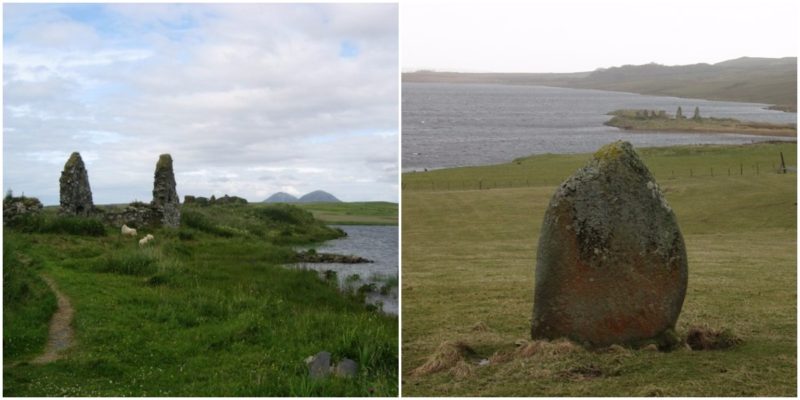Castles are a significant keystone in countless stories and fantastic fairy tales. Usually, they represent the central point of the scenario where the story starts, finishes or culminates. Castles have also played an important part in the history of mankind, in and around which many battles and crucial events took place that shaped the development of nations and regions.
Some of the castles survived catastrophic historical events, socioeconomic changes, and the weather to shine today in their full beauty still, while others are gone forever and their magnificence can be seen only in paintings. There are also castles which are in ruins and only with the help of the imagination can they be rebuilt in people’s minds. But each one has it’s unique story to tell.
Finlaggan Castle wasn’t primarily built as a fortress and it didn’t served to protect any route or significant strategic point. This complex was built to be an administrative, political and cultural center.
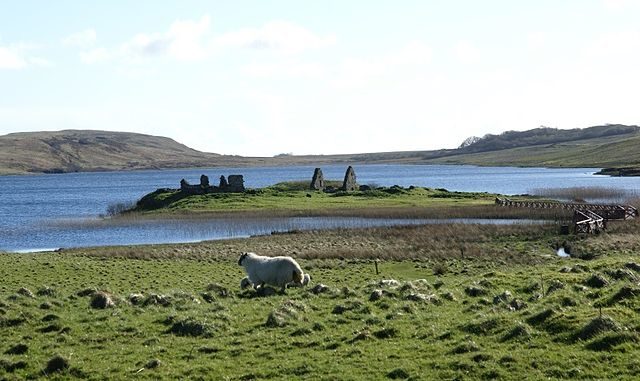
The ruins of Finlaggan are placed on two small islands on the northern end of the Loch Finlaggan, which is located in the northeast part of the island of Islay, Inner Hebrides, western Scotland.
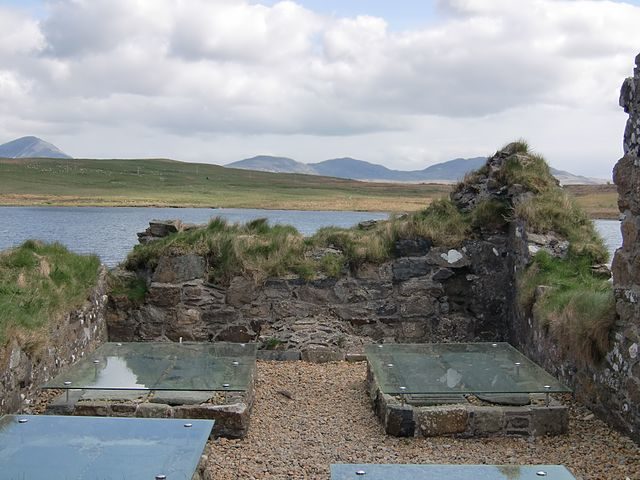
There is also third small island located on other side of Loch Finlaggan, but it was never permanently inhabited. Eilean Mor (large island) and the neighboring Eilean na Comhairle (council island) functioned as one location. Today on the site can be seen the picturesque remains of several structures which are of great significance for the Scottish people and Scottish history.
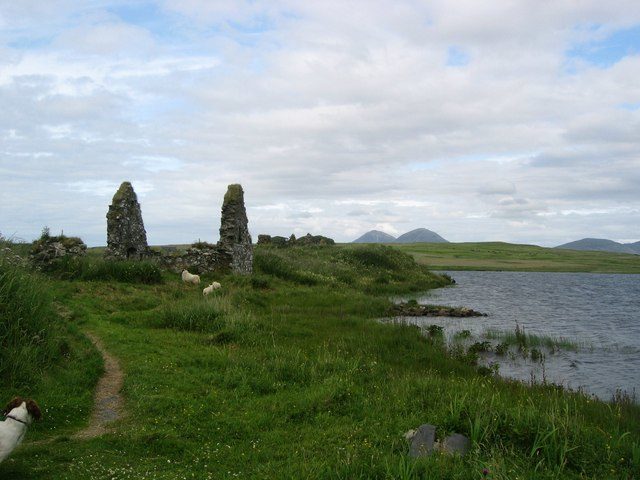
Archaeological discoveries have shown that the site was inhabited since ancient times, but it had its peak during the 13th to 15th century, when it became the headquarters and home of the Lordship of the Isles and the Clan Donald. For nearly three centuries the Lords of the Isles ruled over huge parts of western Scotland: most of the Inner and Outer Hebrides and large part of the mainland. They were in a some way independent from the Scottish Crown and all of the political decisions for the region were made without external interference. The area of Loch Finlaggan in every aspect flourished during those years.
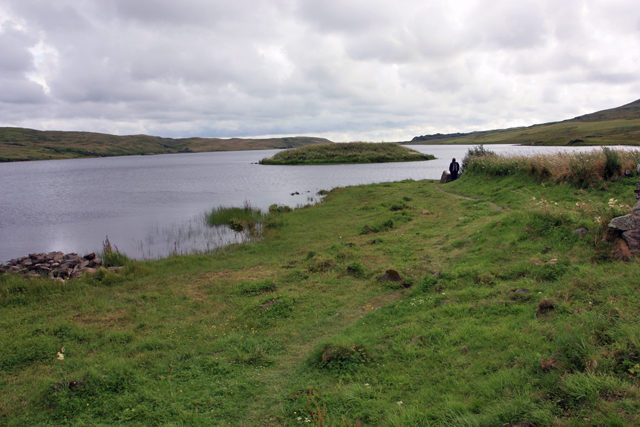
There are still debates why this remote location was chosen for an administrative center and some scholars believe that it had special place in the memory of the Lords. It is possible that a 6th century monastery constructed by the monk St. Findlugan once stood there. The ruined chapel that can be seen there today was built by John I, Lord of the Isle, in the 14th century and dedicated to St. Findlugan.
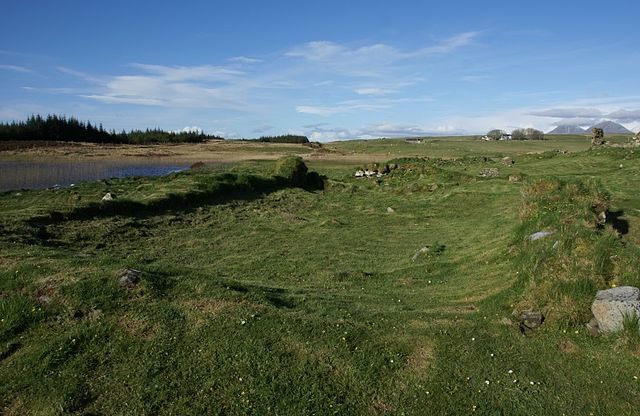
The independence of the region begins with occupation by Vikings in the 9th century. In the islands which lie to the west of the Scottish mainland, which included the Isle of Man and the Hebrides, plundering raids and settlement by the Norse gradually led to the establishment of a prosperous kingdom. The Kingdom of Mann and the Isles remained totally independent from both Norway and Scotland until the mid-12th century.
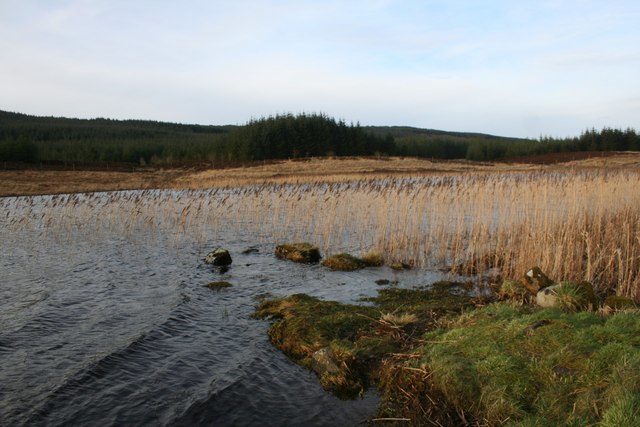
1152 saw the unpopular Godred the Black take the throne. The Islesmen turned to Somerled, Lord of Argyle, to lead them in a revolt. The kingdom was split, with the sons of Somerled now ruling over one part, and his descendants became the Lords of the Isles. Somerled had mixed Norse and Gaelic blood in his veins and the fusion of Norse and Gaelic culture and tradition can be still seen and recognized today in Loch Finlaggan, and also across the whole region.
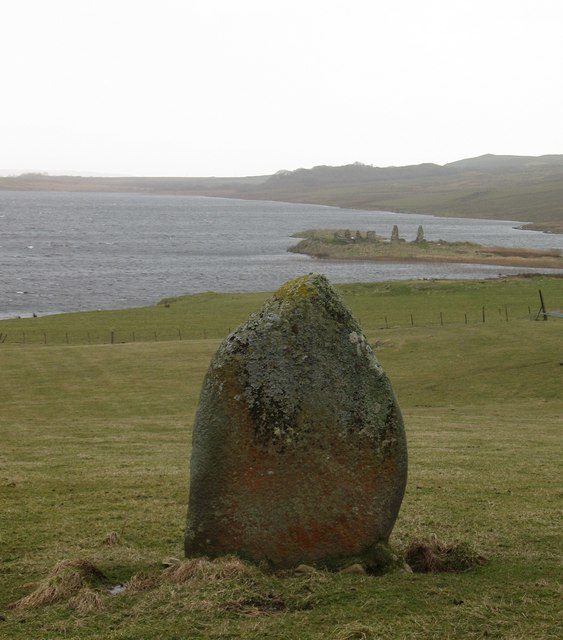
The flourishing days ended in 1493, when James IV of Scotland took the entire control over the lands. He put in place a tenant-in-chief to govern under the rule of the Crown, also taking the title Lord of the Isles which is now a hereditary title of the Prince of Wales. It is believed that the castle has been destroyed at the end of the 15th century or in the 16th century.
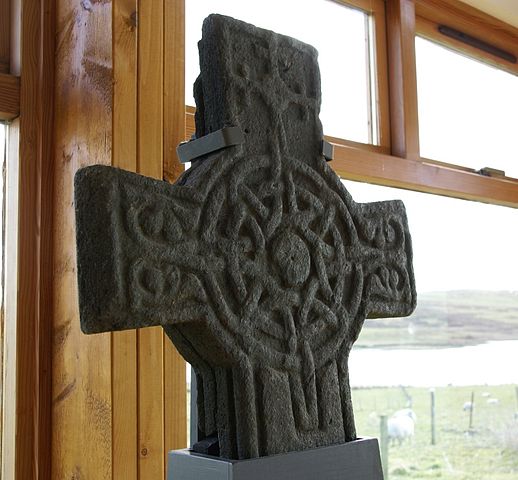
Today the site is a tourist attraction. The larger island where the remains of the castle and the chapel can be seen is accessible by a walkaway across the water. The castle was formed of 7 structures and the most impressive parts of it were the great hall and the kitchen, where the celebrations happened. The castle layout is still recognizable, although largely it is overgrow with lush vegetation.
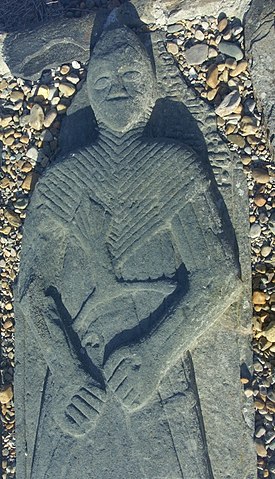
The chapel is on the highest position of the island. A number of medieval graves can be seen displayed under glass in the cemetery near the chapel. On this island one derelict cottage has been recently reconstructed and transformed into a modern museum, in which are placed the artifacts found during excavations. The remains of the council house, where the Lords discussed about important issues, are located on the small island which is accessible only by boat.
